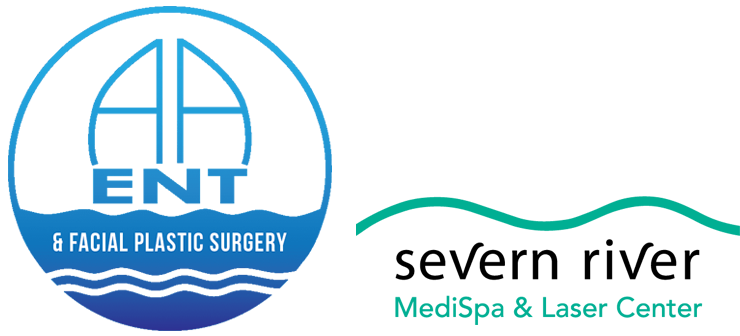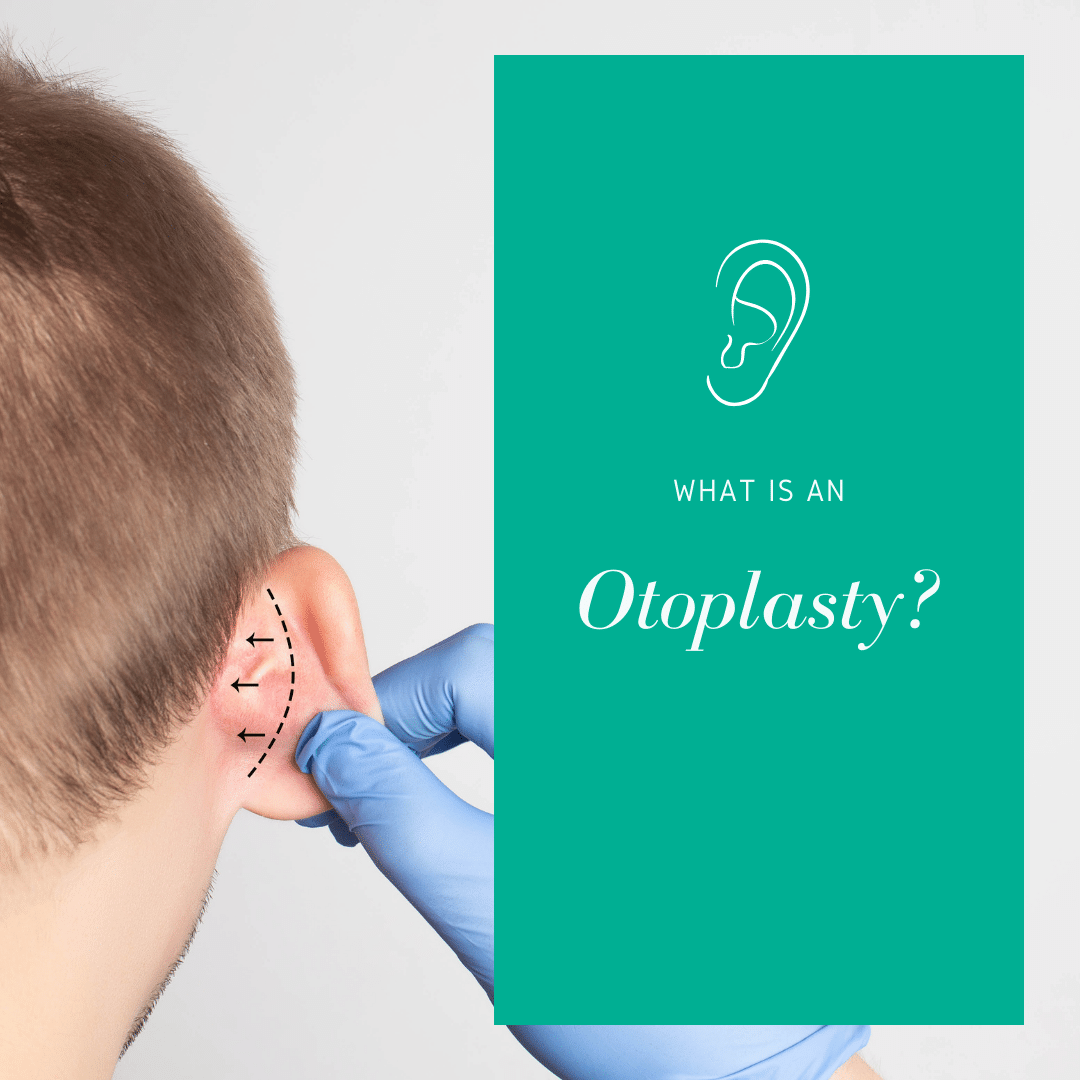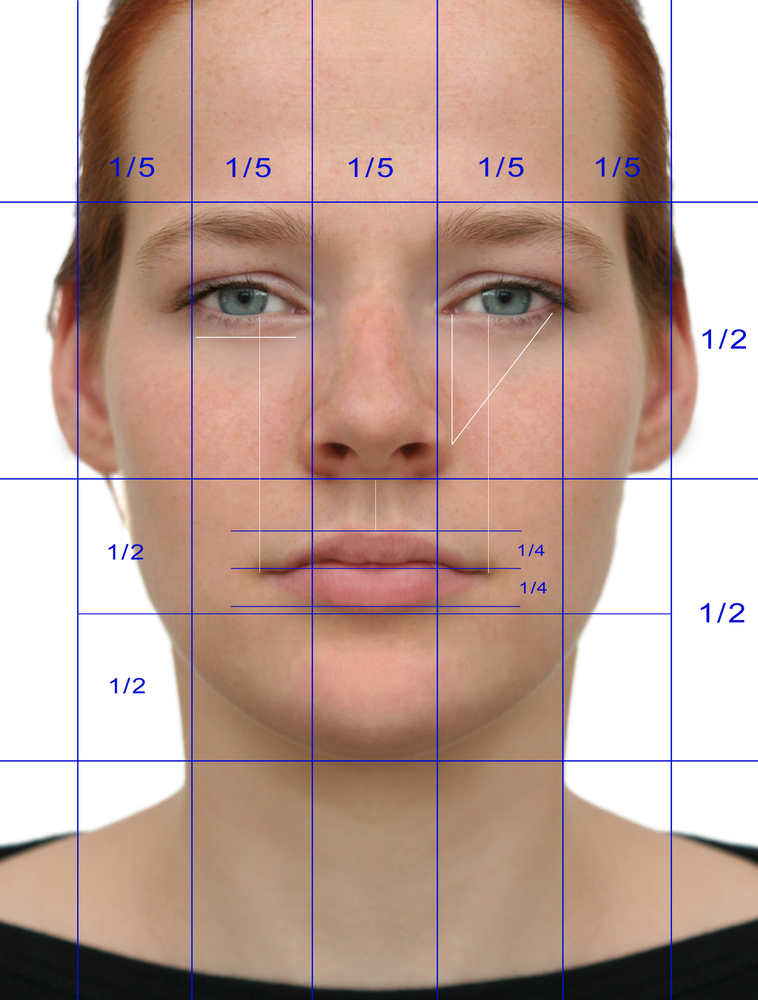An otoplasty is a surgical procedure that is used to improve the appearance of the ears. It can be performed on adults and children, and is often done for cosmetic reasons. However, there are also medical reasons why an otoplasty might be recommended. In this blog post, we will discuss everything you need to know about otoplasties and provide you with all the information you need to make an informed decision.
What is an otoplasty?
An otoplasty is a surgical procedure that can be performed for both cosmetic and medical reasons. The surgery is used to improve the appearance of the ears by making them look smaller, closer to the head, or correcting any deformities. Otoplasties can be performed on adults and children.
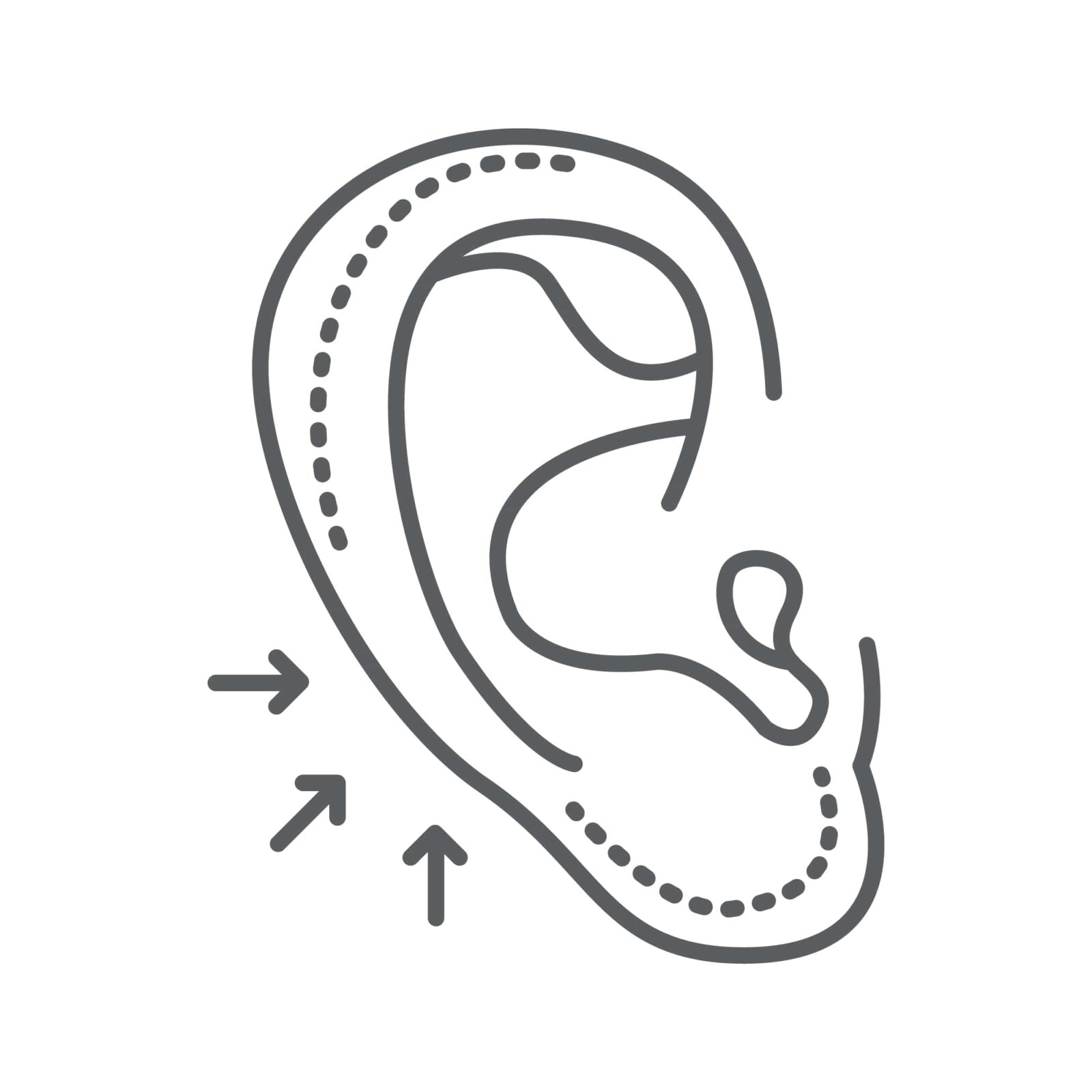
An otoplasty can be used to correct a number of different ear-related concerns. These include:
- Protruding ears: This is the most common reason why people opt for an otoplasty. If your ears stick out too far from your head, it can be quite noticeable and cause you to feel self-conscious. Otoplasty can help to set your ears back closer to your head, giving you a more natural appearance.
- Large or misshapen ears: If your ears are larger than average or have an unusual shape, they can be a source of insecurity. Otoplasty can help to resize and reshape your ears so that they look more proportionate to the rest of your face.
- Asymmetrical ears: If your ears are different sizes or shapes, otoplasty can help to create a more symmetrical appearance.
- Other concerns: In some cases, an otoplasty might be recommended for medical reasons. This can include correcting an ear deformity that is present at birth, correcting an injury to the ear, or improving hearing in cases where the ear canal is blocked.
Ideal Candidates
In addition to having any of the above concerns, there are certain other factors that will make someone a good candidate for an otoplasty. These include:
- Being in good overall health.
- Having realistic expectations for the surgery and what it can achieve.
- Ear concerns are not caused by a health condition that can be improved with medical treatment.
- Children are over the age of five. This is because the ear cartilage is not fully developed until around this age and the surgery may be less effective on younger children.
If you are considering an otoplasty, it is important to consult with a qualified plastic surgeon. During your consultation, your surgeon will assess your concerns and determine whether or not otoplasty is the best course of treatment. They will also discuss the potential risks and complications associated with the procedure.
How is an otoplasty performed?
If you decide to move forward with otoplasty, your surgeon will work with you to develop a personalized treatment plan. The specifics of your surgery will depend on your individual goals and needs.
There are different types of otoplasty that may be performed, including:
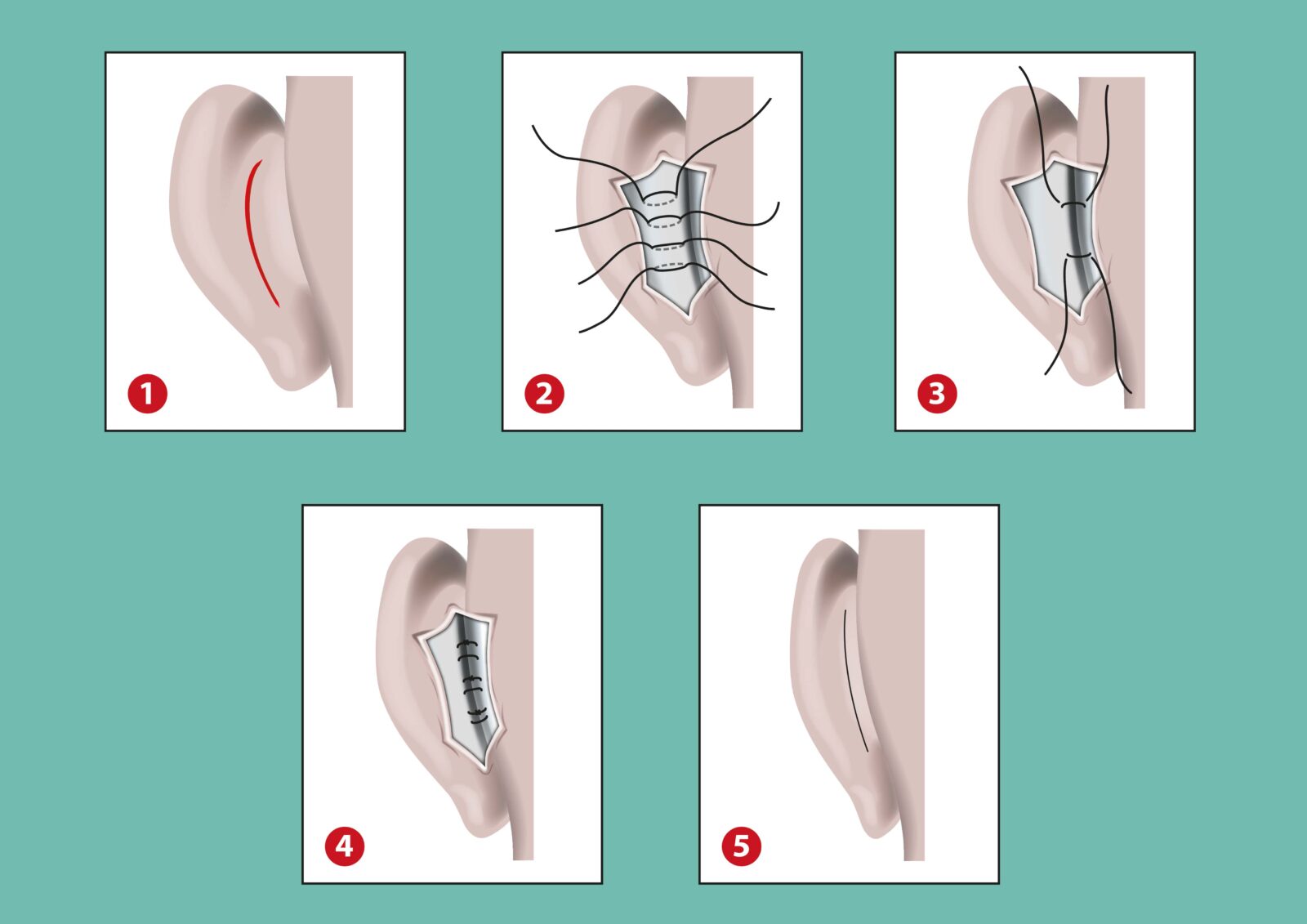
- Ear Augmentation: This type of otoplasty is used to add volume to the ears. It is often used to treat small or underdeveloped ears.
- Ear Pinning: This type of otoplasty is used to set back protruding ears. Cartilage will be removed or reshaped to achieve this.
- Ear Reduction: This type of otoplasty is used to reduce the size of large ears. Cartilage will be removed from the ear to achieve this.
An otoplasty is typically performed as an outpatient procedure, which means that you will be able to go home the same day as your surgery. The surgery will be performed under general anesthesia, which means that you will be asleep during the procedure.
The actual surgery usually takes between one and two hours. During the surgery, your surgeon will make incisions in the back of your ears or inside the folds of your ear. They will then reshape or remove cartilage as necessary to achieve your desired results. Once they are happy with the new shape of your ears, they will close the incisions with stitches.
Immediately after surgery, you will spend about 1-2 hours in recovery waking up from anesthesia. Once you are alert, you will be discharged and allowed to go home. However, you will need to have someone there to drive you home since you will still feel the effects of anesthesia for the rest of the day.
What is the recovery process like?

After your surgery, you can expect some swelling and bruising around your ears. This is normal and should subside within a few weeks. You will likely have a dressing over your ears and be given a headband to wear during this time, both of which will help to keep your ears in place and protect them as they heal. After surgery it is important to avoid touching, scratching, or sleeping on your ears. It is also recommended to wear loose-fitting clothing that won’t touch your ears when getting dressed.
You will need to take it easy for the first few days after your surgery. Avoid strenuous activity and exercise, as this can increase swelling. You should also wear your headband as directed to allow your ears to heal in the proper position and avoid the need for a secondary surgery.
Most people take between one and two weeks off from work or school to recover from an otoplasty. You should be able to return to most of your normal activities after this time. However, it is important to listen to your body and take things easy if you are still feeling sore or tired.
The results of your otoplasty will be immediately visible. However, it can take several months for the final results to fully develop once the swelling has gone down. In most cases, the results of an otoplasty are permanent.
In Conclusion
In this blog, we have covered everything you need to know about otoplasty such as: what it is, when it is needed, who is an ideal candidate, how it is performed, how long it takes, what the recovery process is like, and what kinds of results can be expected. We hope that this has helped you to better understand the procedure and what it entails. If you are considering otoplasty, be sure to consult with a qualified plastic surgeon to see if it is right for you.
